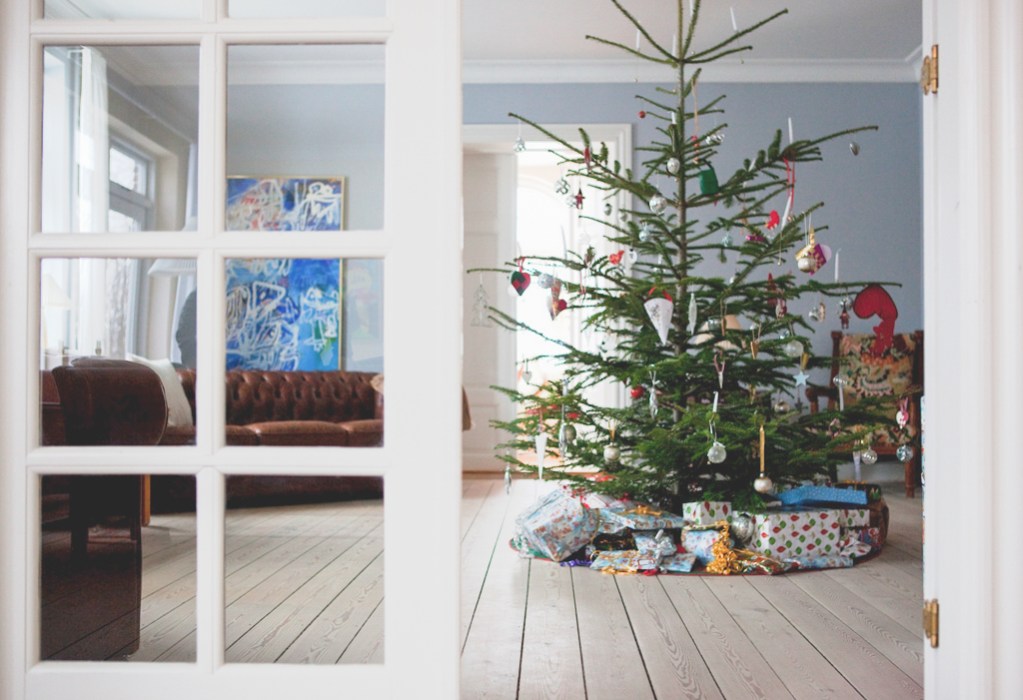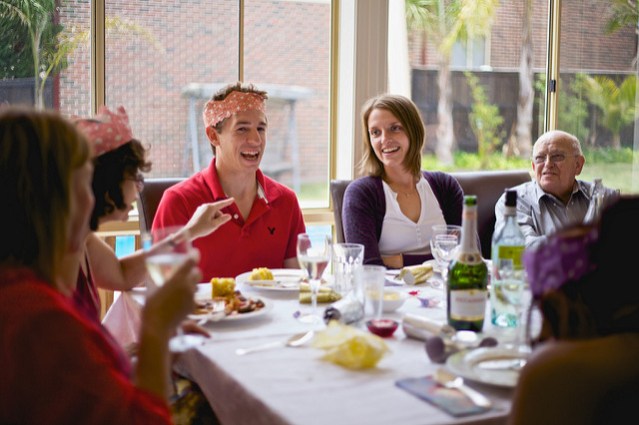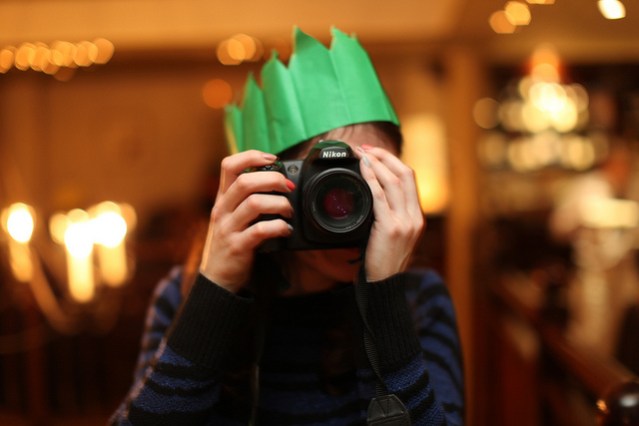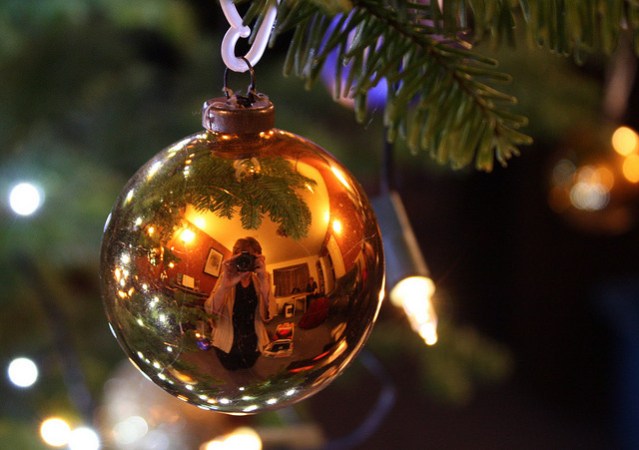Don't forget the Prize Draw will now be taking place on Sunday at 8pm.
Here is the new event link - click on it to again be marked as 'going' so you definitely don't miss it! https://fb.me/e/1kzpPeUYk
To qualify for the draw, all you need to do this weekend ( if you haven't done that yet) is to show up in the group - post some of your images ( I won't be counting how many) or comment / like photos taken by others in the group.
If you can't make the new time and date of the draw but you have been active / posted something so far, please just email or DM me and I'll make a note next to your name.
Over the course of our bootcamp, we taught you about the various ‘ingredients’ of photographing Christmas – from learning how to photograph lights, decorations or the tree to learning how to plant the visual clues and tell your story. Now, you’re almost ready to bring them all together in a great big Christmas showdown. In this bonus lesson, we help you prepare for the BIG DAY.
I suggest having a good read through it before you get to Christmas proper – to make sure you can be as ready as possible.
Plan for what you know, shoot what you see.
Before every shoot, especially a significant one, a good photographer spends some time getting ready. And that’s what today’s lesson is about. Thinking ahead.
1. You’re writing a Shot List, you’re checking it twice…
A Shot List is a list of photographs you know you will want to take in a particular shoot or location.
It’s something commercial photographers use a lot, but for any photographer, it’s a useful tool in organizing their mind and helping them prepare for the event, in a way, what we’ve been doing in this Bootcamp was taking you through a ‘shot list’ of sorts – covering the typical ideas associated with Christmas.
But like any family, you will have some unique traditions and Christmas associations, so this is the time when you put them to paper.

Why use a list?
Having a list means being able to think about the kind of photos you may want to take and the environment where you will be taking them. That means giving yourself the time to think about the variety you could capture – for example, to take a selection of wider scene photos and narrow detail shots – whether they will be the ones you put down on your list – that just depends on your family. It means having a nifty resource to dip into when your mind goes blank and you find yourself taking the same photo for the 10th time.
It also means, being able to consider potential challenges that could spoil your photos. Things like: where your light will be coming from, what angles you could use to get the most out of the subject, seeing how the space looks in the images and whether you may need to use any additional help - like flash for instance! That means putting your mind at ease about the elements that you can control, to let you follow the action and capture the unexpected, the heartwarming and the unique.
Treat it as an element of preparation, a useful guide to focus your mind, but don’t follow it blindly. Follow the clues from your family and don’t be afraid to get in the middle of it – with or without the camera.
2. PLANNING AND PREPARATIONS
So you have your mental list of Christmas images. Now it’s time to work out the practicalities. I would highly advise having a go at testing your settings before the big day. Knowing how far you can push your camera or whether you will need additional lighting can make your life a lot easier where it counts and free your mind to focus on the creative side.
a) Get to know the space:
Do you know where you will be taking the photos come Christmas Day? If you’re photographing your children’s Christmas morning or your family’s Christmas dinner, you most likely already know the space very well. You may have already taken a photo there once or twice and may already know the challenges it brings but do these checks anyway.

Check your light first:
Where do you expect the main “action” to take place? Is it on a sofa which faces the window? At the dining table in a dark nook of the living room? By the Christmas tree? Check each and every one of these locations from a few angles and notice where the light is coming from, the bright and dark corners and additional or competing light sources. You can help yourself by squinting slightly – it always brings up brighter and darker spots in the room.
Take a few test photos and pay attention to your camera settings – if you are shooting on Auto and your camera deploys flash out on its own accord, you may be dealing with too little light and may have to either just go with the flash or think about bringing additional light sources in. Can you turn on the lights or add in some strategically positioned lamps as well? Or even bring in more fairy lights? Failing that, do you know how you can control your flash? If you’re shooting in semi-automatic modes like Aperture or Shutter priority – you may want to check how far your shutter speed goes with your aperture fully open and bump up your ISO and/or use your flash till you’re happy with the outcome and satisfied that shutter speed will capture the required level of movement.
Think about your location in relation to where the light is coming from – ideally, you’d like your subjects to be facing that way to make the most of the light, but let’s face it, this one may be difficult to achieve as you probably want to interfere as little as possible with what’s going on. Still, good to know what to aim for…
The space itself:
Take a little time looking at the space itself – if you have a choice of lenses to consider, which one will be best suited to the occasion? ( let’s face it, you will not have the time to change them). If you’re inside and want to be close to the action, you may want to opt for a shorter Focal Length lens – up to 35mm – otherwise, you will most likely be shooting with your back to the wall. You may be loving your nifty-fifty but unless you have a sizeable room, it will probably be a bit too tight ( it will narrow down your field of view and force you to stand a bit of a distance away from the action).
Have a look at the scene through the viewfinder. How much of it are you actually seeing? Is there an angle that’s likely to work well to capture the scene? What’s cut-off and what’s still in the frame? Is there anything in the image that distracts from your subject? If so, can you fix it or amend your shooting angle to minimise it? Will your chosen angle still keep the Christmas aspects in? Can you frame your shot in a way that incorporates Christmas context clues either in the first or third plan?

b) Get your camera ready
Make sure you get your camera ready for action. Pros do it before every shoot, you should too!
The basics:
Charge your battery! If you have a spare one – charge that one too! If you run out of juice it will be game over, no matter how beautiful your house or well behaved your children.
Empty your memory card – the best way to do it is to format it in your camera – look for that option in your menu. Doing so guarantees you properly clean the card while simply deleting the images always leaves some residual data and reduces your card’s capacity. Make sure you have downloaded all your photos from it first though – formatting a card will fully erase it. Get a spare card as well if you can.
If you have a detachable flash – charge the battery or batteries for that one too. You may find the light will simply not be enough and you’ll need to use this one too.
If you don’t have a detachable flash, and expect you may need to be using it anyway ( unless you have fast, wide-aperture lenses – you will need it) , think about a way to soften the light of your camera’s pop-up flash – you can do it by placing some semi-transparent material around your flash, or even splashing out for an add-on mini flash diffuser, LIKE THIS or LIKE THIS. Alternatively use some kitchen paper secured onto your flash with a rubber band as a camera-hack to get a similar effect.
Got a tripod? Dig it out as well – you may want to take the odd picture you’re in as well ( I know, shocking) or do a whole family portrait – getting a tripod handy will enable you to do just that. If you have a remote release clicker, you could just set the camera up on the tripod, set up a wide enough depth of field ( to get as many things sharp in it as possible) and just get into the action, just pressing the release from time to time, getting a sort of time-lapse view of your Christmas. While we’re on it, FIND the self-timer function on it now.

Your settings:
You have surveyed your light situation so you should be able to predict ( preferably test) your camera settings. My guess ( which goes for most indoor photography in the winter) is that you will be short on light and so your camera settings will need to work with that.
AUTO SETTINGS
CAMERA MODE: If you’re capturing the action (people moving around), you want to prioritise being able to take a sharp image over a moody one, which will end up too blurry. Because of that, you want to prioritise a setting that will give you a fast enough shutter speed to help you achieve that – and yes, be prepared that the flash will feature too – see above for ways to mitigate it. Your preferred camera mode should be one that gives you a faster shutter speed – look for a ‘sports’ or ‘action’ setting. This will give you a better chance of getting your family members sharp.
MANUAL SETTINGS
Aperture – wide – go for the lowest aperture number you have to allow as much light in as possible.
Shutter speed – if you’re trying to capture your kids in action, you will want to keep the shutter relatively high. You want it to be at minimum around 1/100s – 1/125s for the photos to appear sharp.
ISO – use your ISO settings to try and get the shutter/aperture balance you’re after. You will probably need to make peace with having some camera grain as the settings are likely to be 800 ISO and higher. Different cameras are better or worse at managing the grain so test yours first.
Flash – yes, flash images can be harsh, however when taking photos of your kids tearing into the Christmas presents on the Christmas morning, I’d rather use some flash than risk blurry images. Just make sure you diffuse it or bounce it off a wall or a ceiling. You can also reduce the strength of your flash – find a setting on your camera called Flash Exposure Compensation and decrease the flash output power by a stop or two. Test it – your images should be looking more natural but not too dark.

NEXT : A plan for capturing Christmas Day